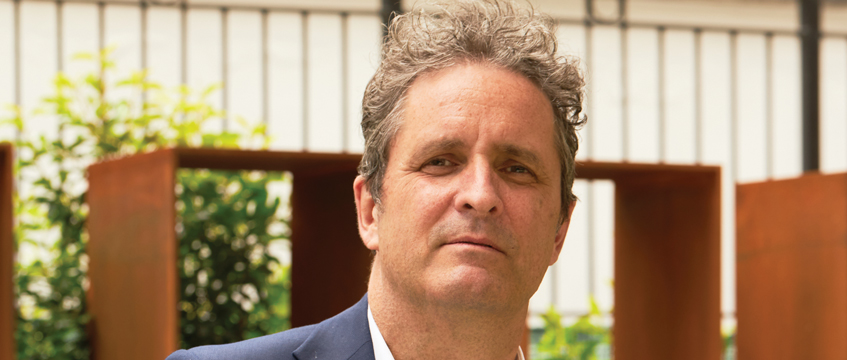As Martin Earp settles into his latest role as chief executive of London-based retirement living developer Riverstone, he can’t help but think back to his years running Australia’s Campus Living Villages, a student housing platform that he helped grow to more than 45,000 beds, and compare the residents.
“I would imagine that students are better behaved,” he says as he discusses Riverstone’s target demographic of over-65s in London. “A lot of research shows that the growth in raucous behaviours is all in the over-65s. What we are seeing is that the baby boomer generation is doing things differently and they’re living their life to the full.”
Earp wants the company’s schemes in places such as Kensington and Fulham to let residents do just that.
The company’s push to create top-tier later living residential schemes in central London attracted him. “It’s interesting to do things for the first time, that no one else has tried yet,” he says in the developer’s Kensington project, in his first UK media interview since joining Riverstone last summer.. “It was a brave new world; scary but quite exciting.”
Riverstone is operating at a level that is “luxurious”, Earp said, which comes largely as a “function of the demographic of the area”. “We are trying to be the middle ground between staying in your four-bedroom home and going to a nursing home, which is what people’s perception is,” he adds. “Our job is to educate the sector, that there is a different way of doing retirement.”
There are societal and health benefits to the model, he added, arguing that by living at a Riverstone scheme, a tenant is less likely to need formal support or care than if they remained in their previous home.
The message is getting through, he hopes. “From my experience in student housing, I can say that the education is slow, slow, slow and then suddenly there is a tipping point, and everyone knows about the sector and everyone has someone in it… It will come for the later living sector as the demographics cannot be ignored.”
Some 80% of the Riverstone’s potential residents live within a two-mile radius of one of its developments. “One of the reasons I was attracted to Riverstone is because there are a huge number of people in London who want to stay in London,” Earp said. “And this is tapping into the best of both worlds – you get the Riverstone community while staying in your local community. That is what we are trying to sell.
“There is also a portion of people who are moving back to London. They lived here in their 20s and had a great time and now are looking forward to moving back to the theatres and the restaurants.” He points to a rise in enquiries from people in Yorkshire as an example of this.
Now the company is looking for further prime sites in London, but is preparing to look farther from the centre. “In prime central London, because of the cost of land, you need scale to be able to pay… however, we are also starting to look at zone 4 sites and having discussions around how that would work for our brand, what that would look like for our business model. These are interesting times.”
To send feedback, e-mail akanksha.soni@eg.co.uk or tweet @EGPropertyNews











